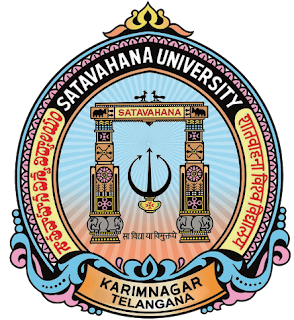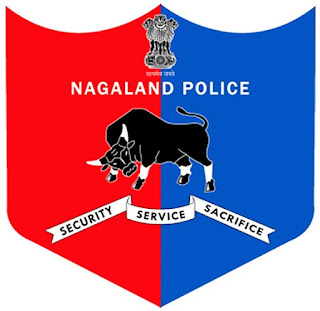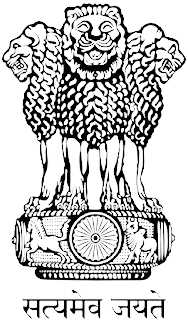NATIONAL DAIRY DEVELOPMENT BOARD
.png)
NATIONAL DAIRY DEVELOPMENT BOARD The metallic seal of National Dairy Development Board (NDDB) is adapted from the famous Bull Seal of Harappa with its inscriptions. This emblem appropriately takes off from the heritage of cattle farming skills known from the time immemorial and used for the development of dairy establishments in India. I feel, this one emblem of India is more representative than any to inform the user of its knowledge and skills.





